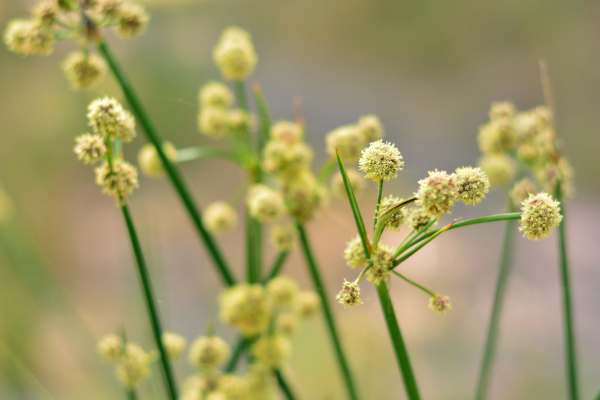How to grow Juncus
From the family Juncaceae commonly called the ‘rush family’, Juncus are one of eight genera in the family which contains nearly 500 species. Juncus is the largest genera in the family containing over 300 of almost 500 species.
In the plant world plants are divided into monocotyledon and dicotyledon, monocot., and dicot. for short. All Juncus are monocts. meaning they only have a single cotyledon, or embryonic leaf, in their seed. If you’ve ever grown seeds some species will have 1 leaf and others will have 2 leaves as they germinate.
Juncus are rushes and not grasses or sedges. The flower form differentiates this. The flowers of Juncus comprise of five whorls of floral parts; three sepals, three petals, two to six stigma and three lobes. Easier identification is that its stems are round. Grass and sedges are triangular in cross section.
Juncus species are widespread across the world with the exception of Antartica. They typically grow in colder wet regions although some are found in the tropics and mountainous areas. Juncus can be annuals or deciduous or evergreen perennials.
Fossils of Juncus fruit have been found in strata from Middle Miocene era. At least 12 million years ago!
The genus was first named by Carl Linnaeus “the father of modern plant taxonomy” in 1753.

Zantedeschia is a genus of flowering plants from the family Araceae and is native to southern Africa. With a rich history dating back to the Ancient Romans, these deciduous or semi-evergreen perennials have been used as a symbol of celebration. Zantedeschia was Named after Professor Giovanni Zantedeschia, an Italian botanist.
There are two main forms of Zantedeschia: hardy and tender. Hardy forms of the plant can be grown outdoors, enjoy moist soil and full sun or partially shaded conditions - these are known as Arum lilies. Tender forms of Zantedeschia prefer being grown in containers or pots and should be brought inside over the winter - these are known as Calla lilies.
With tuberous flora in all colours from whites, yellows and oranges to deep reds and purples, Zantedeschias are not to be overlooked in any garden, as long as they have sufficient sunlight to grow in.
Ready to learn more about growing Zantedeschia? Read on for all there is to know...

Key Information
Soil pH
Position
Hardiness

Horticultural Divisions-
Here we list out the most popularly cultivated species available in the U.K.
| Species | Common name |
Hardy in all of UK and northern Europe H6 ( -20°C to -15°C)
| Juncus articulatus | Jointed rush H6 |
Juncus inflexus | Hard Rush H6 | |
Juncus maritimus | Sea Rush H6 | |
Hardy in the severest European continental climates H7 (< -20°C
| Juncus acutiflorus | Sharp-flowered rush |
Juncus effusus | Common rush / Soft Rush | |
Juncus ensifolius | Flying Hedgehogs |
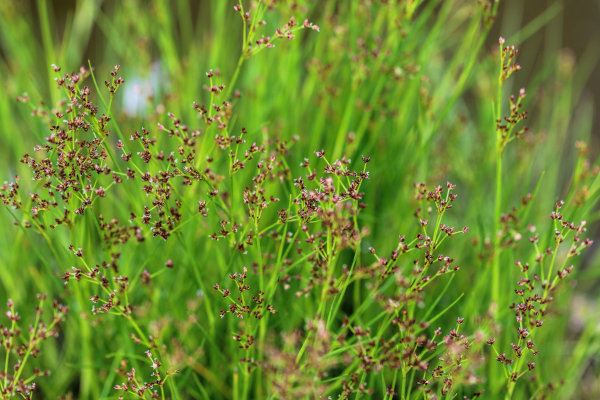
Where & when to plant Juncus
Position - Full sun or full shade.
Soil - A large and diverse genera- Juncus can cope with well drained, through moist, to poorly drained or even underwater soils of Chalk, Clay, Loam or Sand and any reasonable pH. Check your varieties specific requirements.
Flowers - Spring to Summer.
Juncus can be planted all year around when purchased grown in pots, however can be more prone to rotting off if planted in autumn and winter.
If container grown plants are planted out during the active summer growing season make sure that they are watered regularly until the plant has settled into its new location. Water at soil level rather than the foliage.
Juncus are ideal in cottage garden schemes, patio container plants, flower borders and pondside margins. Check your varieties specific growing requirements.
How to plant Juncus
- For planting in the garden or pondside bog area, dig the soil area removing any large stones and weeds and breaking up any lumps. Mix in some organic matter, ideally leaf mould, though manure or garden compost are also fine. Rake level and firm with your heels. Rake level again.
- Water plants well and allow to drain before planting.
- A good tip is to dig a hole twice the size of the root-ball. Fill with water and allow to drain before placing in the plant which is especially good for summer plantings.
- Remove the plant from its pot placing the plant in the hole, ensuring the top of the root ball sits level with the surface of the soil. Too low and the plant may rot, too high and the roots can dry out.
- Backfill with soil and firm in gently with your foot.
- Soak soil well with water.
- For planting in containers, first choose an appropriately sized pot around 5-7cm larger than the root ball of your plant (you’ll need to gradually increase the pot size every few years). Always ensure there are plenty of drainage holes in the bottom.
- Use a good quality potting compost if you have it and mix with garden soil. Mix in some horticultural grit and, if not already present (check the labelling on the bag) some slow-release fertiliser granules.
- Start by partially filling the pot with compost; enough so that when placed on it the upper surface of the root ball is about 3cm lower than the top of the pot.
- Fill around the plant with compost, firming down with your fingers then adding a little more so it is held tight.
- Pick up the container and lightly tap on the potting bench or ground a few times to help further settle the compost around the plant.
- Soak well with water.
- A good tip would be to sit the container on a saucer of water so that the roots are always moist.
- For planting in a pond, first choose an appropriately sized plant basket around 5-7cm larger than the root ball of the plant. (pot for use in a pond) You will need to gradually increase the basket size every few years)
- Using e a good quality aquatic compost. Start by partially filling the pot with aquatic compost; enough so that when placed on it the upper surface of the root ball is about 3cm lower than the top of the pot.
- Fill around the plant with aquatic compost, firming down with your fingers then adding a little more so it is held tight.
- Pick up the container and lightly tap on the potting bench or ground a few times to help further settle the aquatic compost around the plant.
- Soak well with water.
- For aesthetic purposes the compost surface can be top dressed with a 1cm layer of pea gravel.
- Place the basket on a shelf within the pond that submerges the basket to the depth specified on the plants specific growing instruction guide.
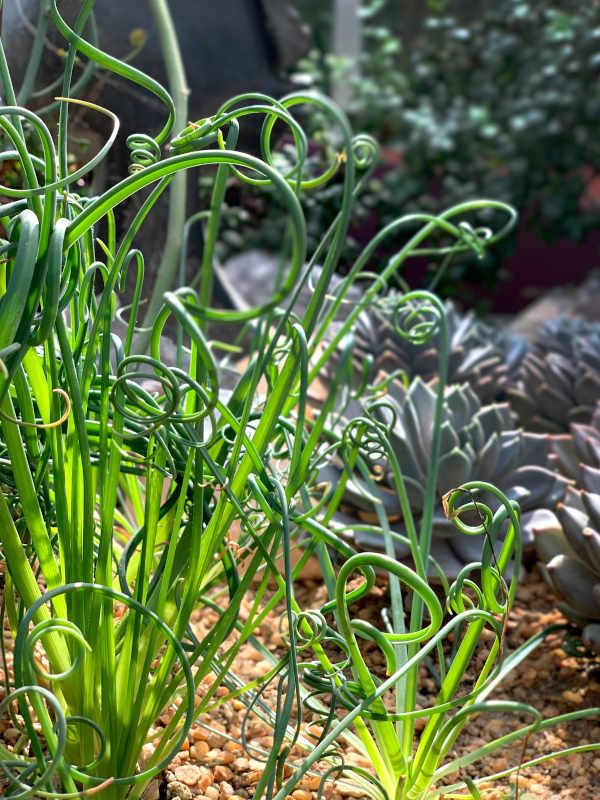
What to plant with Juncus
Outdoors, plant alongside plants with different shaped or coloured foliage as a contrast whilst also making sure nearby plants have interest when juncus does not.
Try damp soil lovers or pond plants such Astilbe, Butomus, Chelone, Gunnera, Hydrocotyle, Myosotis (water forget me not), Primula vialli, Typha (bull rush) and Nymphoides (water lily).
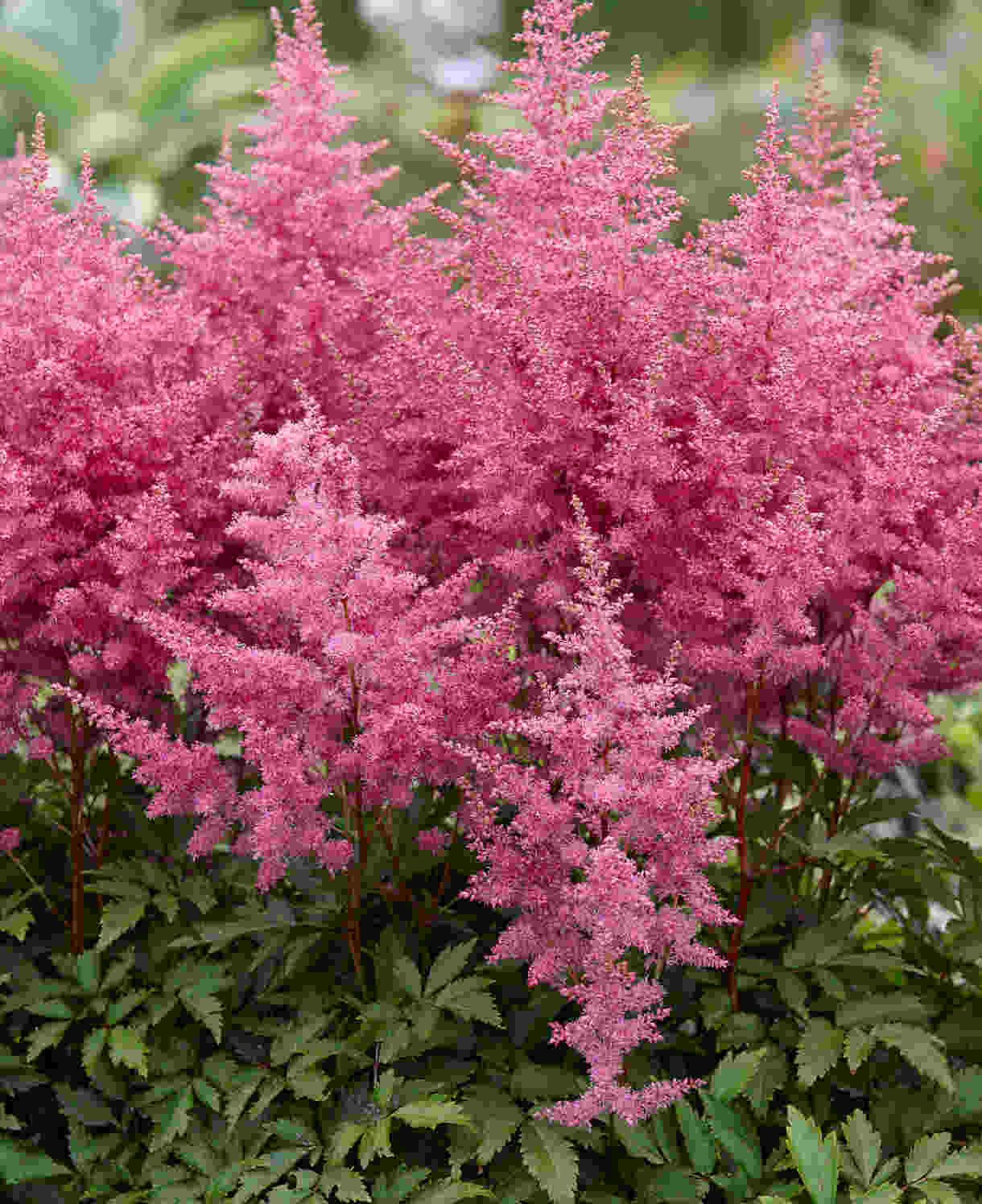
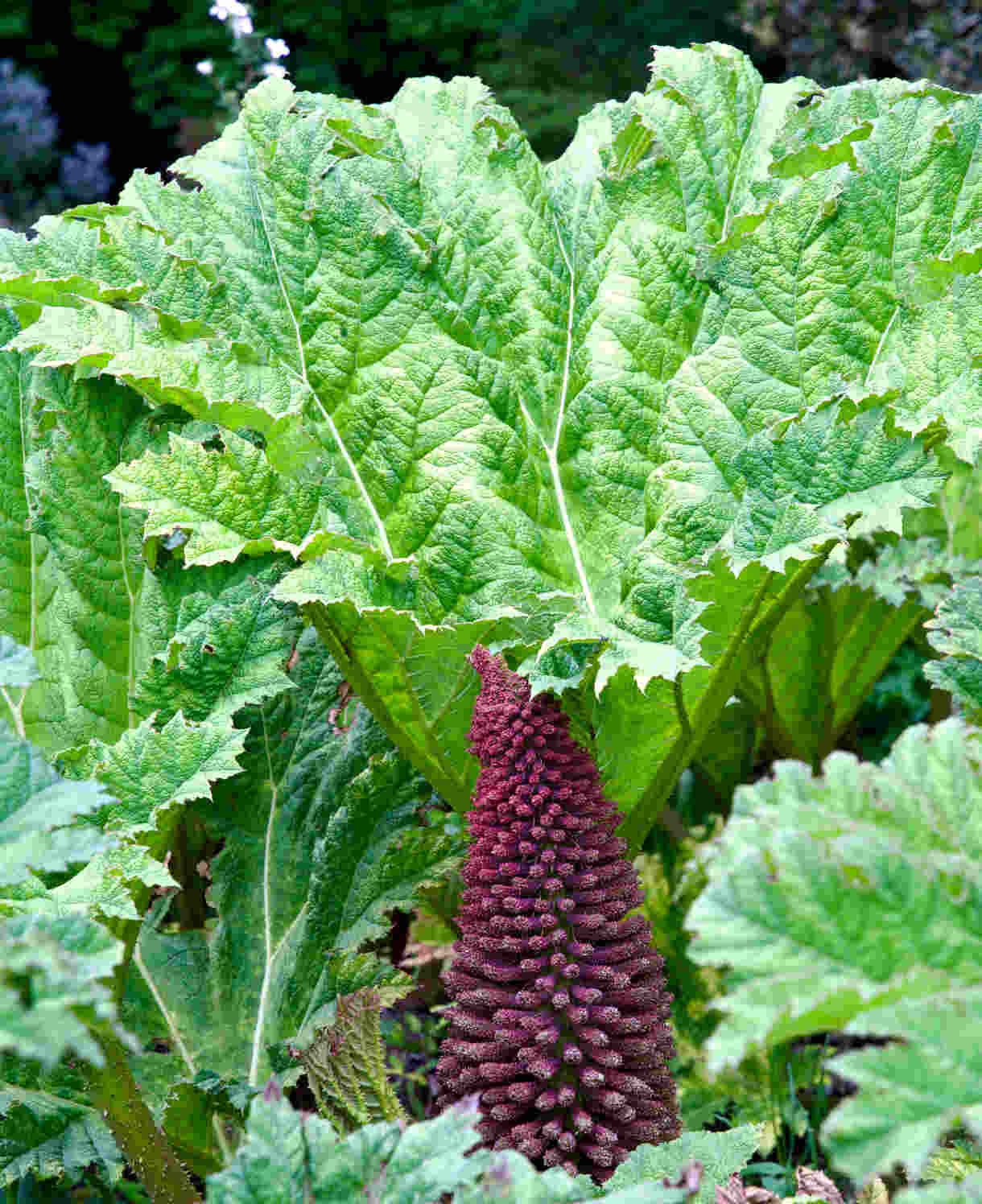

How to care for Juncus
Pruning and Deadheading
Trim off flowered stems before setting seed where they fall.
Most juncus for the U.K. are semi evergreen or evergreen so simply remove any decaying foliage to keep the plant looking neat.
Watering
Most U.K growing varieties prefer damp soils that are moist or poorly drained to underwater.
On planting outside, they benefit from a good watering in on planting and then regular soakings until established. After this providing the planting location is damp they should not need watering.
If grown in containers water the soil regularly checking the compost to see if the soil is moist when you wiggle your fingertip into the soil surface. A good tip is to sit your plant on a saucer of water ensure the saucer is always full.
Feeding
On healthy, fertile soil, a mulch of well-rotted organic matter (i.e., a layer of leaf mould, manure, or garden compost applied to the soil around the plant) should provide enough nutrients for your juncus. This has the added benefit of suppressing weeds and locking in moisture. Mulch when planting, and then again each spring.
Container-grown plants are different as they rely solely on the gardener for nutrition. Get off to a flying start by making sure you use a good quality compost with slow-release granules mixed in. These generally provide nutrients for around 6 to 8 weeks, after which you’ll need to apply a liquid feed every 2-3 weeks until the end of the growing season (i.e., September-ish).
Remember to repot your juncus every few years into a slightly larger pot using fresh compost. In-between, it’s worth removing the top few centimetres of compost each spring and replacing with a fresh mix of compost and slow-release granules.
Cold Protection
Juncus are winter tough plants so do not need any particular cold protection.
Pests and Diseases
Juncus are generally pest free.
How to propagate Juncus
Juncus can be grown from seed and by division.
Growing from seed
- From February to June fill a seed tray with good quality seed compost. Level and firm with the base of another seed tray. Water well and allow to drain.
- Carefully scatter the seeds across the compost surface of the tray.
- Cover the seed to their own depth with compost.
- Cover the seed tray with a flat sheet of glass or cling film. This keeps humidity within the sowing area.
- Place the tray in a light sheltered area at 13-15o Check a couple of times a week for signs of life and to ensure the compost is still moist and not saturated. Germination should take between 14 and 30 days.
- Once visible signs of growth can be seen, begin hardening off the seedlings by removing glass or cling film for longer periods to allow ventilation. Start from 15 minutes per day and slowly work up to total removal over a couple of weeks. Protect seedlings from weather extremes and water if tray feels dry. Glass or cling film should not be touching the leaves.
- When seedlings are large enough to handle, carefully transplant individually into 9cm pots of compost.
- Grow on in a well-lit bright area and begin a dilute liquid feed at 6 – 8 weeks. Plant out into a sunny location when roots are visible from the bottom of the pot.
Perennial Division.
When your plant is at least 3 years old and has been growing well in the previous season you should be able to divide the root structure into more plants.
Juncus are spring flowering so require division in early summer.
- Make sure the plant is not suffering from drought, pest or disease.
- Lift plants carefully by digging all around its crown with a fork.
- Shake off excess soil so you can clearly see the roots.
- Gently tease plants apart ensuring you get a good portion of root and shoot with each division. A sharp clean knife might be required to split the root ball into 2 or 3 sections.
- Either replant the plant division created back into the position in the garden as described in Planting in the Garden or plant root sections into a 1 litre pot as per the instructions for Planting into a Container
- Water well and leave.
- Juncus should show signs of shoot growth within weeks.
* Many plants carry Plant Breeders Rights and cannot be propagated for commercial purposes.
Common Juncus questions
Can you grow juncus in water?
Yes juncus, dependent upon variety, can be grown in water or pond side margins, bog gardens and moist flower borders.
Can you grow juncus indoors?
Yes you can grow juncus indoors. They make great household or office plants especially Juncus effusus ‘Spiralis’ which keeps itself neat most of the year. Keep the soil moist at all times and in a light spot but away from direct mid-afternoon sunshine.
Do rabbits eat juncus?
Yes rabbits will eat juncus, although I’ve never experienced it. I would suggest there are nicer things they could eat in the garden!
Is juncus invasive?
Some species are considered invasive, but none of those listed in the guide above! Most juncus will set seed which will grow into new plants but they are not so invasive as to cause major growth faster than native ecosystems can accommodate.
